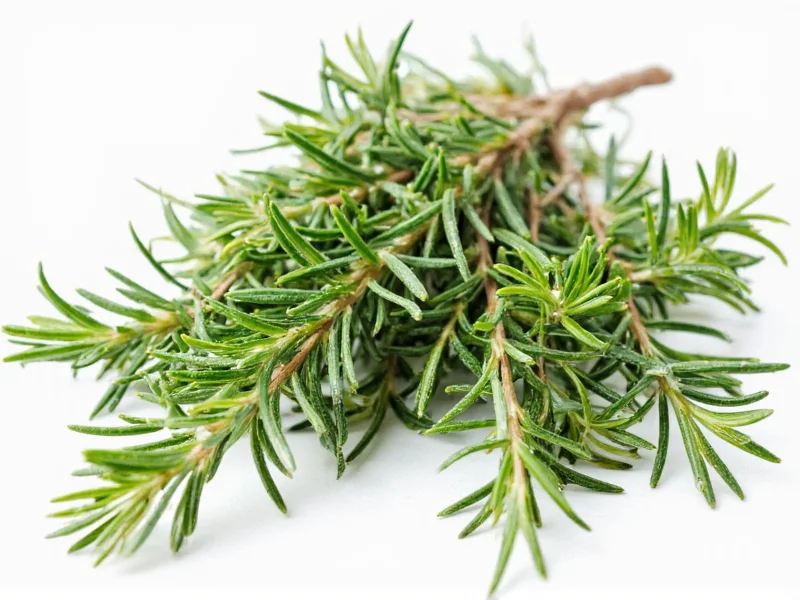Rosemary (Rosmarinus officinalis) and thyme (Thymus vulgaris) are perennial Mediterranean herbs prized for their aromatic flavors, culinary versatility, and medicinal properties. Both thrive in well-drained soil with full sun, complement each other in cooking, and offer antioxidant benefits when used fresh or dried.
Understanding Rosemary and Thyme: Nature's Culinary Powerhouse
Rosemary and thyme have been kitchen staples since ancient times, enhancing dishes with their distinctive flavors while providing notable health advantages. These hardy herbs withstand drought conditions and repel pests naturally, making them ideal for beginner gardeners seeking low-maintenance plants with maximum culinary payoff.Botanical Characteristics and Growing Requirements
Rosemary features needle-like leaves with a piney aroma and produces delicate blue flowers in spring. This woody perennial grows upright or trailing depending on the variety, reaching 3-6 feet tall in optimal conditions. Thyme displays small oval leaves on creeping or mounding stems, with tiny flowers that attract beneficial insects. Both herbs require:- Full sun exposure (6+ hours daily)
- Well-draining soil (sandy or loamy preferred)
- Moderate watering (allow soil to dry between waterings)
- Temperatures above 30°F (-1°C) for outdoor survival
| Herb | Hardiness Zone | Water Needs | Harvest Timing |
|---|---|---|---|
| Rosemary | 7-10 | Low (drought-tolerant) | Before flowering for strongest flavor |
| Thyme | 5-9 | Low to moderate | Just before blooming for peak essential oils |
Culinary Applications and Flavor Profiles
Rosemary delivers a bold, pine-like flavor with citrus undertones that stands up to long cooking times. Chefs frequently pair it with roasted meats (especially lamb and chicken), potatoes, and breads. Thyme offers a more subtle earthy flavor with hints of mint and lemon, making it versatile for soups, stews, and vegetable dishes. When combining rosemary and thyme in recipes:- Use a 1:2 ratio (1 part rosemary to 2 parts thyme) to prevent rosemary from dominating
- Add both herbs early in slow-cooked dishes to allow flavors to meld
- Strip leaves from woody stems before use for better texture
- Consider lemon thyme varieties for brighter Mediterranean dishes
Health Benefits and Medicinal Properties
Both herbs contain significant antioxidant compounds that support overall wellness. Rosemary's rosmarinic acid shows promise in improving memory and concentration, while its carnosic acid may protect brain health. Thyme's thymol demonstrates natural antimicrobial properties effective against certain bacteria and fungi. Research indicates regular consumption of rosemary and thyme may:- Reduce inflammation markers in the body
- Support digestive health through stimulation of bile production
- Provide respiratory relief when used in steam inhalation
- Contribute to heart health through improved circulation
Preservation Techniques for Year-Round Use
Freezing preserves more flavor compounds than drying for both herbs. For optimal results:- Wash and thoroughly dry sprigs
- Chop finely and mix with olive oil in ice cube trays
- Freeze cubes then transfer to airtight containers
- Use frozen herb cubes directly in cooking without thawing











 浙公网安备
33010002000092号
浙公网安备
33010002000092号 浙B2-20120091-4
浙B2-20120091-4